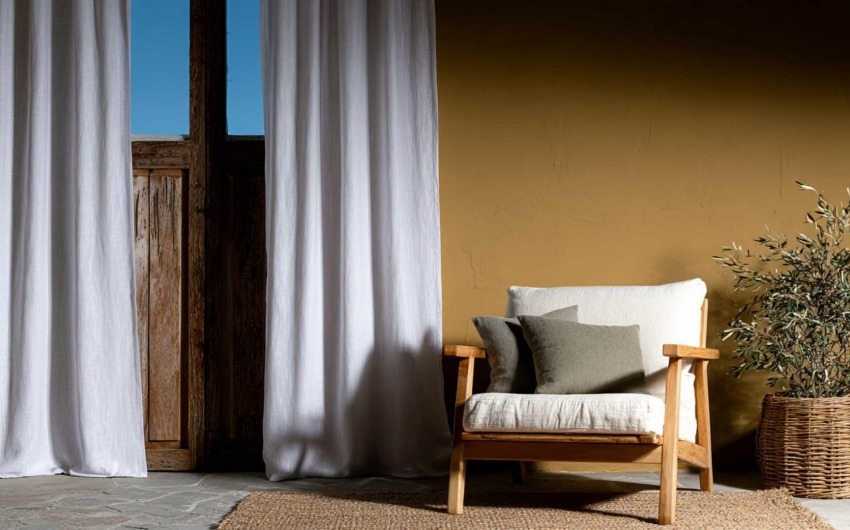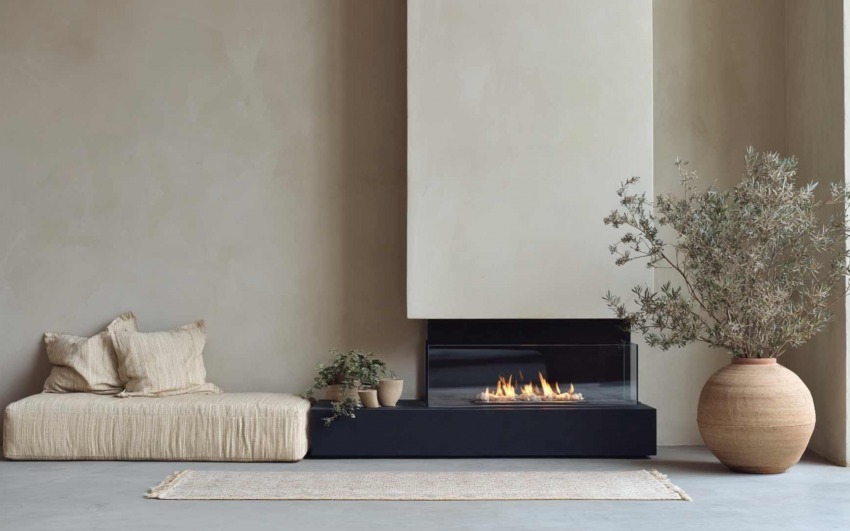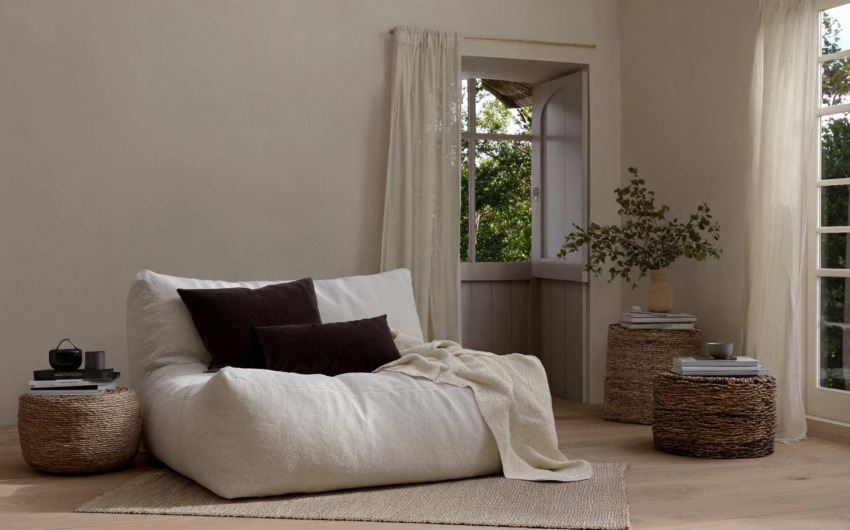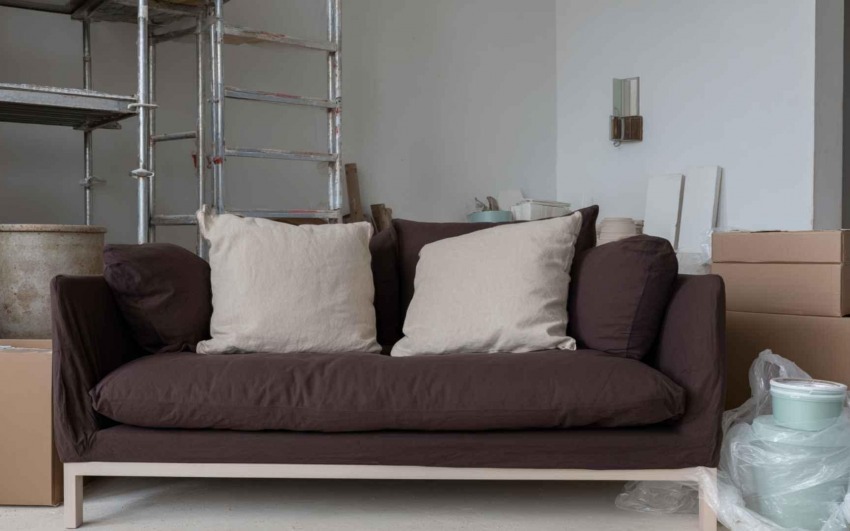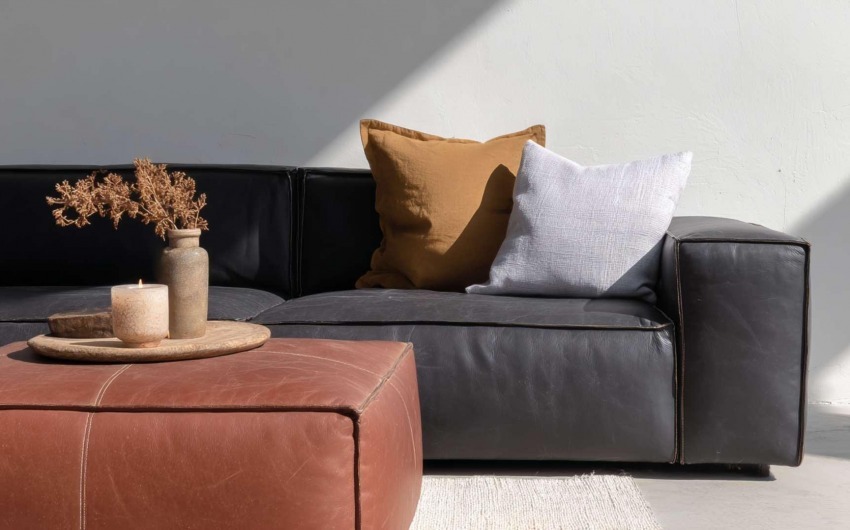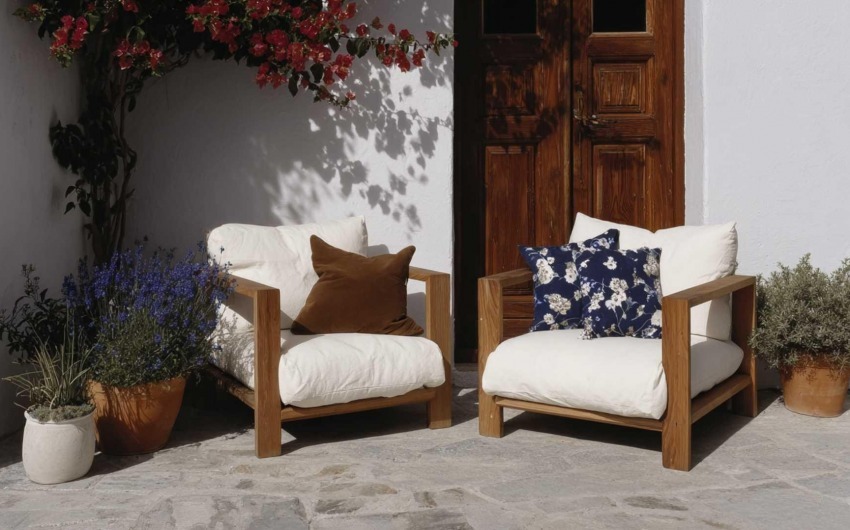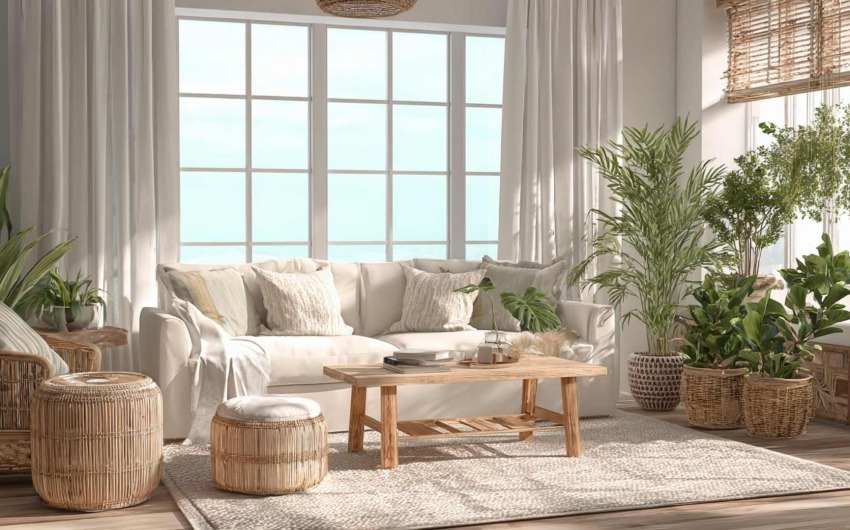-
11/28/2025 Contemporary Italian Design: Between Craftsmanship and Technological Innovation
Italian design has always been synonymous with beauty, precision, and creativity. In recent years, this legacy has evolved into something new: a fusion of tradition and technology, where craftsmanship meets smart materials, sustainable production, and digital innovation.
-
11/21/2025 Micro Luxury: The Art of Making Small Spaces Extraordinary
It’s not about square meters — it’s about smart choices. Modern luxury no longer belongs only to villas or penthouses: it’s about the ability to make refined beauty flourish even in compact spaces through premium materials, tailored design, and carefully orchestrated lighting. This is the essence of micro luxury — a rising trend across Europe, appealing to cultured urban dwellers seeking chic, intelligent solutions for smaller homes.
-
11/07/2025 Slow Living and Interior Design: The Home as a Space for Slowing Down
In an increasingly fast-paced world, home is becoming the only true space to slow down. Slow living — a philosophy that promotes awareness, simplicity, and presence — is reshaping the way we design interiors. Today’s design no longer focuses solely on aesthetics but on sensory well-being: tactile materials, natural hues, soft light, and a balance between empty and full that restores calm and clarity.
-
10/24/2025 Modern Fireplaces and Bioethanol: The Return of Fire at Home
Fire has always symbolized warmth, conviviality, and atmosphere. In recent years, fireplaces are no longer just a memory of mountain homes: they’ve returned as key features in urban living, reimagined in modern, sustainable, and stylish forms. Whether bioethanol, electric, or wall-mounted minimal, today’s fireplace is both decorative and functional—transforming any room into a cozy retreat.
-
10/17/2025 Smart Spaces: Organizing Your Home After the Holidays
September marks new beginnings: back to work, back to school, back to routine. The home quickly becomes the operational hub for balancing busy schedules and moments of relaxation. After summer, spaces often feel cluttered, crowded, or simply not optimized. The solution? Rethink your interiors smartly, using storage, multifunctional furniture, and small tricks to restore order and prepare your home for the more “indoor” months ahead.
-
10/03/2025 Home Bonus 2025: How to Take Advantage of Incentives to Renew Your Interiors
As autumn 2025 begins, renovating your home isn’t just about style—it’s also a real opportunity thanks to state incentives and tax deductions currently in place. Whether you want to buy new furniture, improve energy efficiency, or give your interiors a fresh personality, the Home Bonuses are a valuable tool to combine design, functionality, and savings.
-
9/05/2025 Autumn Colors: How to Bring the Season into Your Home Without Overhauling the Décor
With autumn’s arrival, home becomes the retreat where we spend more time, between relaxation and conviviality. The season’s colors—warm, enveloping, and natural—can transform interiors into welcoming spaces without major changes. You don’t need to repaint or buy new furniture: with the right textiles, accessories, and details, you can bring autumn’s unique atmosphere indoors.
-
8/29/2025 Summer Green: The 5 Best Plants to Decorate Sunny Balconies and Terraces
In summer, balconies and terraces become cozy outdoor havens. And what better way to enhance these spaces than with plants? Whether you're an expert gardener or just starting out, there are plants that love sun and heat — and also bring beauty, freshness, and color to your home exterior.
-
8/22/2025 Furnishing for the Absent: How to Protect and “Close Down” Your Home Before Vacation
Leaving for vacation is always exciting. But before closing the door, it's worth thinking about how to leave your home—tidy, protected, and visually “alive.” It’s not just about security: it’s also about aesthetic and functional care. With a few smart tricks, your house will be ready to welcome you back—no bad surprises.
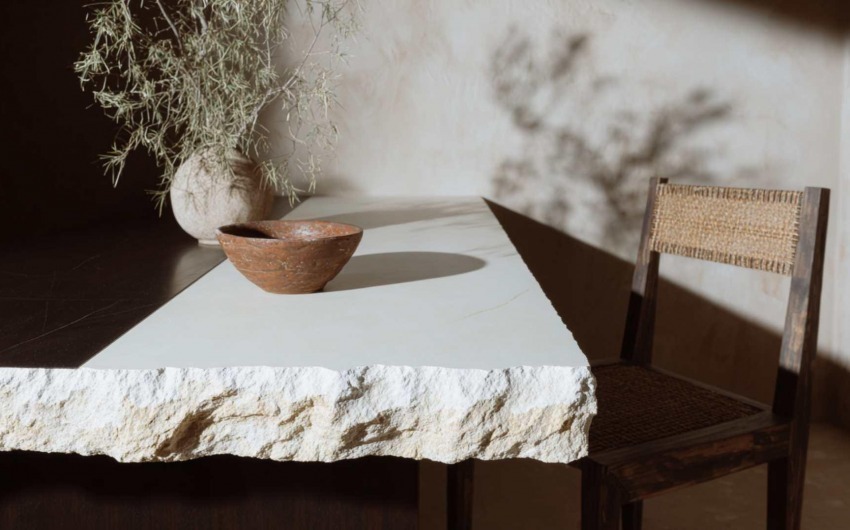
_0f565b1edb_633.jpg)
